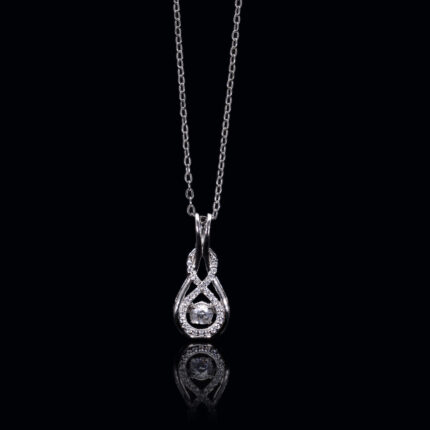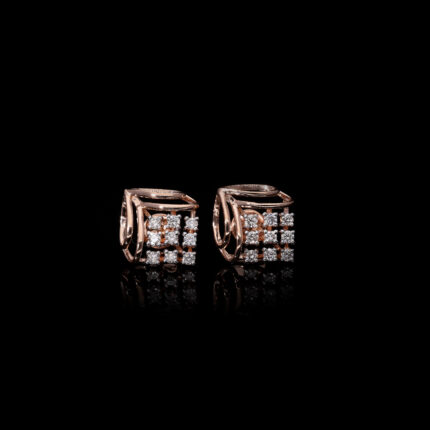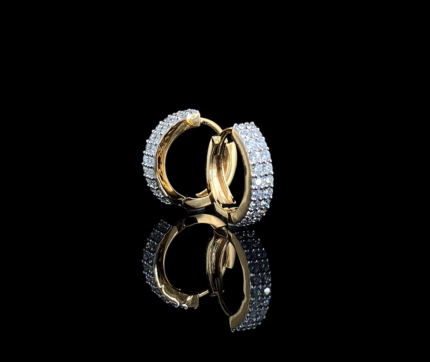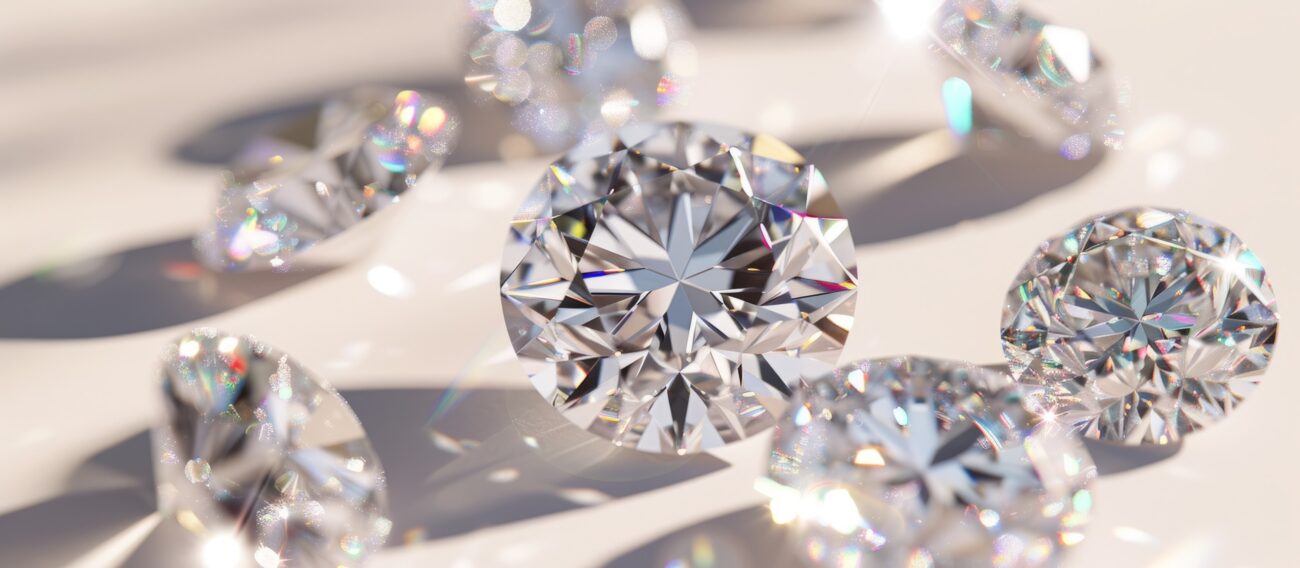Introduction:
Diamonds are timeless symbols of love, luxury, and beauty. However, not all diamonds are created equal. Understanding the quality of a diamond is essential when making a purchase, whether it’s for an engagement ring, anniversary gift, or personal indulgence. One of the key tools in assessing diamond grade is by chart of diamond quality. In this blog post, we’ll delve into the intricacies of diamond grading, decoding the various factors that contribute to a diamond’s quality.
The 4Cs:
The diamond grading chart has four main parameters known as 4Cs: cut, color, clarity, and carat weight. Each of these factors plays a crucial role in determining a diamond’s overall quality and value.
1. Cut:
The cut of a diamond refers to its proportions, symmetry, and polish. It’s often considered the most important factor in determining a diamond’s brilliance and sparkle. Diamonds with excellent cuts reflect light beautifully, creating a dazzling display. The diamond grading chart typically categorizes cuts as follows:
– Excellent
– Very Good
– Good
– Fair
– Poor
2. Color:
Diamonds come in a range of colors, from colorless to light yellow or brown. The less color a diamond has, the higher its value. The diamond grading chart assigns a letter grade to indicate a diamond’s color, ranging from D (colorless) to Z (light color).
– D-F: Colorless
– G-J: Near Colorless
– K-M: Faint Yellow
– N-R: Very Light Yellow
– S-Z: Light Yellow

3. Clarity:
Clarity refers to the presence of internal and external flaws, known as inclusions and blemishes, respectively. The diamond grading chart assesses clarity using the following categories:
– FL (Flawless)
– IF (Internally Flawless)
– VVS1, VVS2 (Very, Very Slightly Included)
– VS1, VS2 (Very Slightly Included)
– SI1, SI2 (Slightly Included)
– I1, I2, I3 (Included)

4. Carat Weight:
The carat weight measures a diamond’s size, with one carat equal to 200 milligrams. While carat weight influences a diamond’s value, it’s essential to consider it alongside the other three Cs for a comprehensive assessment of quality.
After understanding these four parameters of a diamond we will grade different diamonds with different properties by creating a chart of diamond quality.
Here, we will consider 6 diamonds (D1, D2, D3, D4, D5, and D6) having the same carat weight but different properties as we know as the carat weight increases the diamond value increases and while selecting a diamond for your engagement ring, wedding ring, necklace or any other jewelry we fix the weight of the diamond first and then after we select from different options available for that weight.
We will give points to the diamond according to the number given in the value table below.
| Color | Point | clarity | Point | cut | Point |
| D-F | 5 | FL | 6 | EX | 5 |
| G-J | 4 | IF | 5 | VG | 4 |
| K-M | 3 | VVS | 4 | Good | 3 |
| N-R | 2 | VS | 3 | Fair | 2 |
| S-Z | 1 | SI | 2 | Poor | 1 |
| I | 1 |
The properties of each diamond and its points according to their color, clarity, and cut are written in the table, and then the Diamond Value Point is calculated by adding individual points.
| DIAMOND | Color | Point | Clarity | Point | Cut | Point | DIAMOND VALUE POINT |
| D1 | D-F | 5 | VVS | 4 | EX | 5 | 14 |
| D2 | D-F | 5 | VVS | 4 | VG | 4 | 13 |
| D3 | G-J | 4 | IF | 5 | EX | 5 | 14 |
| D4 | G-J | 4 | VS | 3 | G | 3 | 10 |
| D5 | K-M | 3 | SI | 2 | F | 2 | 7 |
| D6 | D-F | 5 | FL | 6 | EX | 5 | 16 |
Diamond D1 and D2 have the same color and clarity but different cut grades.
Diamond D3 and D4 has the same color but different clarity and cut grade.
Diamond D5 and D6 have different colors, clarity, and cut grades.
Here, we put the diamonds against their diamond value point on a bar chart.

The diamond value points of D1 and D3 are the same, when this happens you need to have a keen look at the difference between these two diamonds, here we have D3 with a lower color and best clarity whereas D1 has the best color and the lower clarity when compared. Here it becomes the sole decision of the buyer’s needs and the diamond needs to be selected in his will.
Diamond D6 has the highest Diamond Value Point as it has the best Cut, Color, and Clarity which means it will have a higher value and the availability of these diamonds will be rare.
-
0.39 TCW Infinity Pendant | Lab Grown Diamond Pendant
$380.00 – $583.00 -
0.45 TCW Lab Grown Earrings
$235.00 – $462.00 -
0.53 TW Double Hoop Lab Grown Diamond Earring
$330.00 – $638.00
Conclusion:
Understanding the diamond quality chart empowers consumers to make informed decisions when purchasing diamonds. By considering the 4Cs—cut, color, clarity, and carat weight—shoppers can select diamonds that meet their preferences and budget. Whether seeking a dazzling engagement ring or a stunning piece of jewelry, a thorough understanding of diamond quality is invaluable. Next time you’re in the market for diamonds, remember to consult the diamond grading chart to ensure you find the perfect gemstone.






I’m impressed, I have to admit. Rarely do I come across a blog that’s both educative and
interesting, and lett me tell you, you have hit the nail on the head.
The issue is an issue that not enough folks are speaking intelligently about.
I’m very hapy that I found this during my search forr something reoating to this.